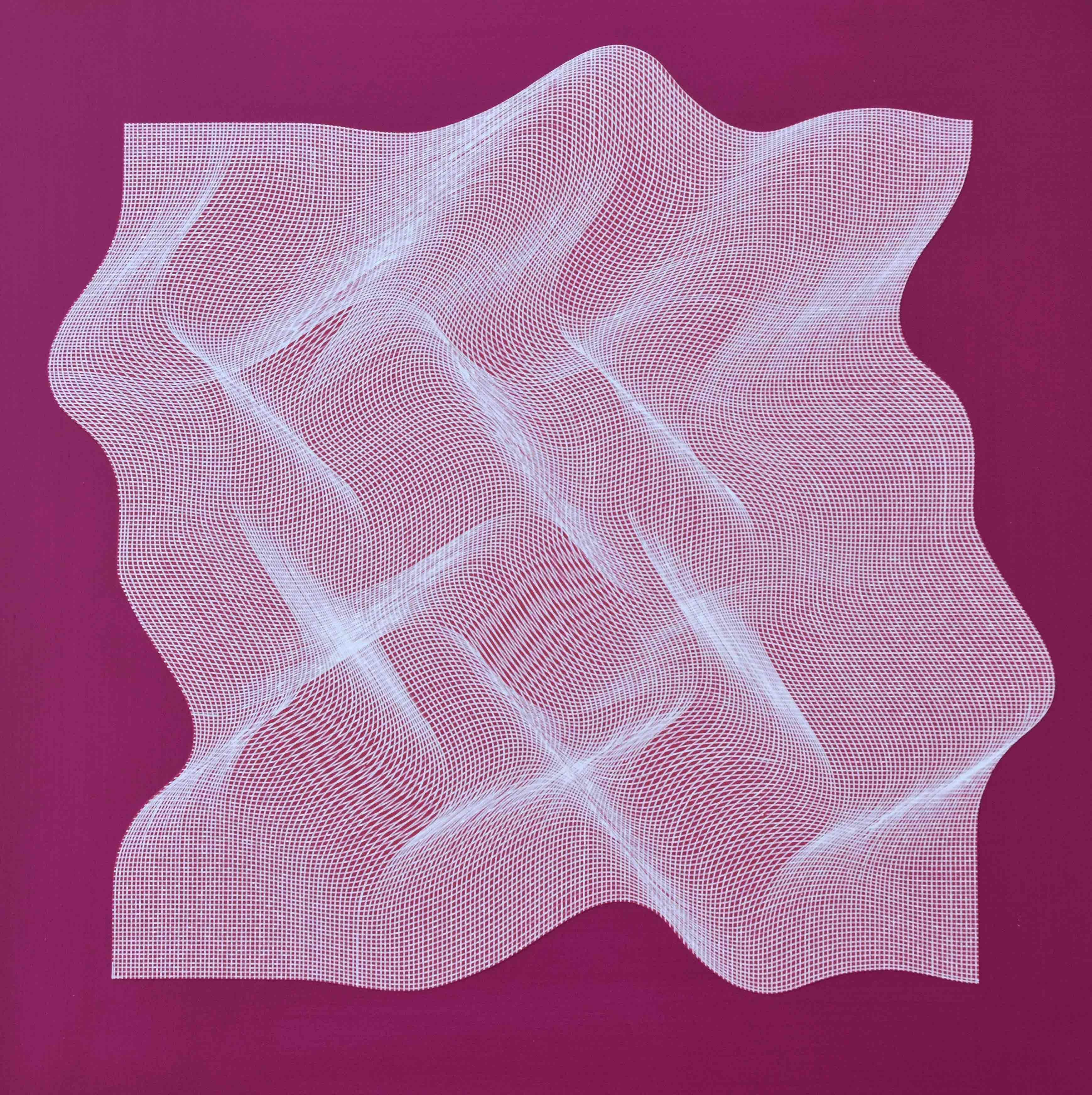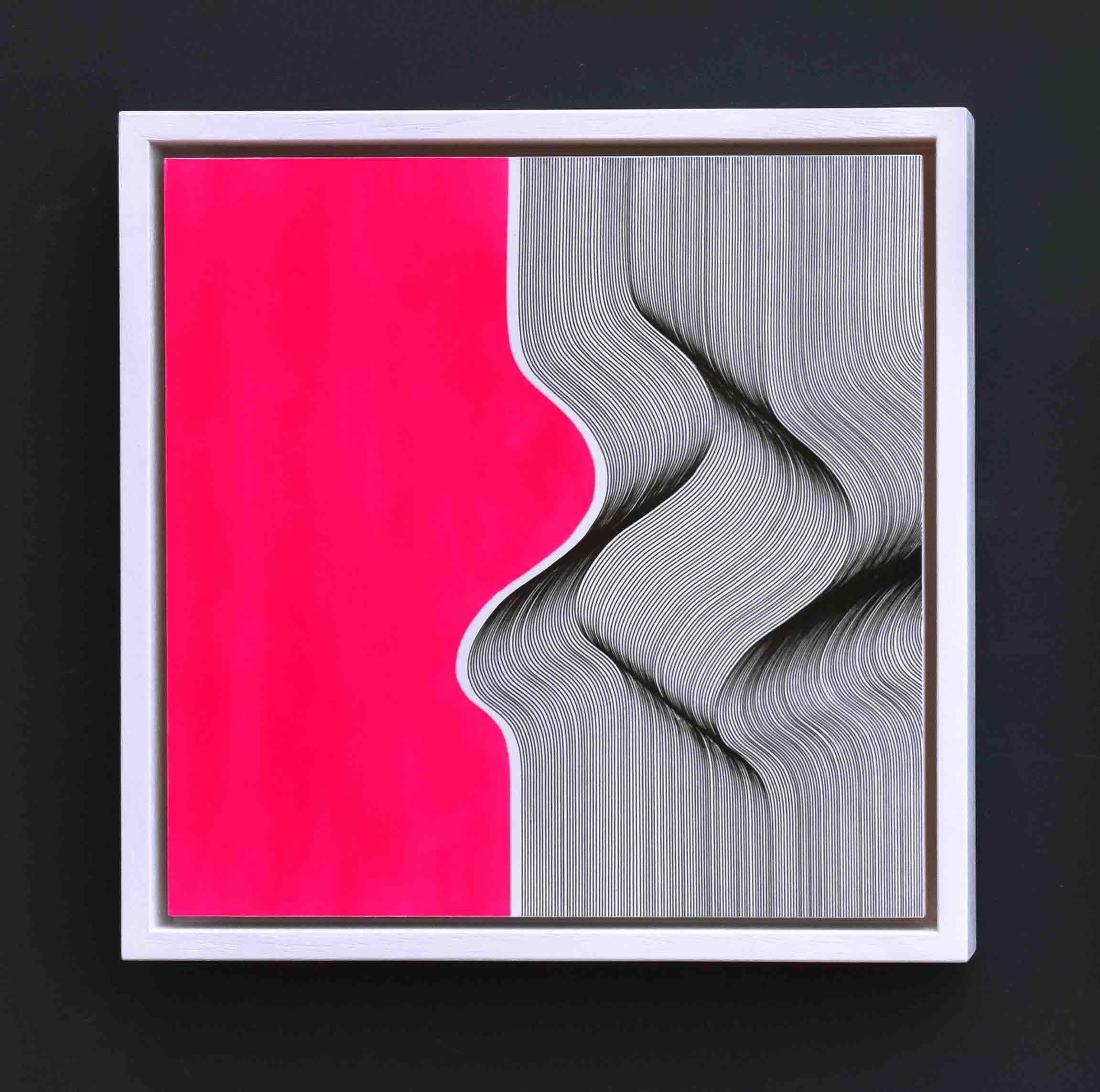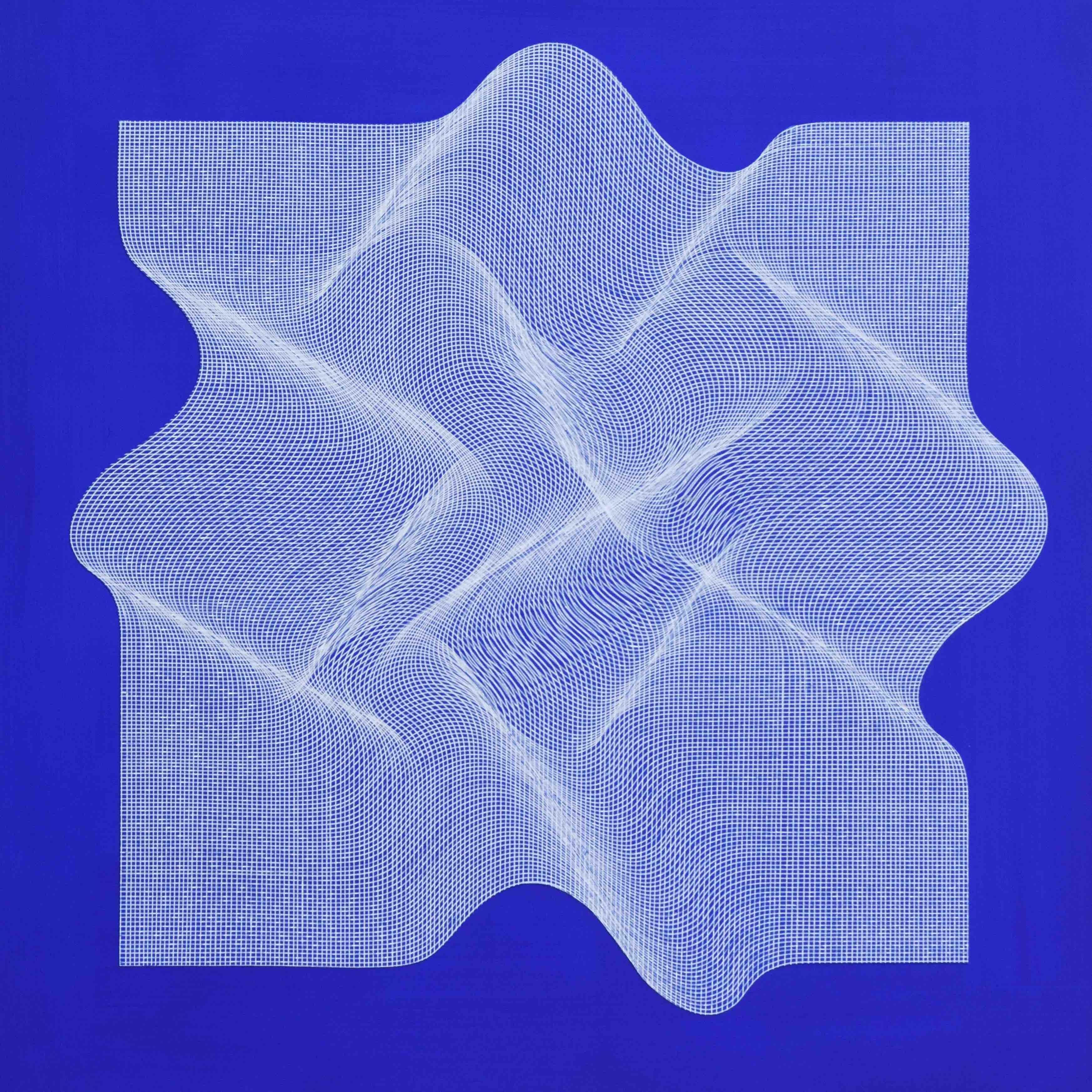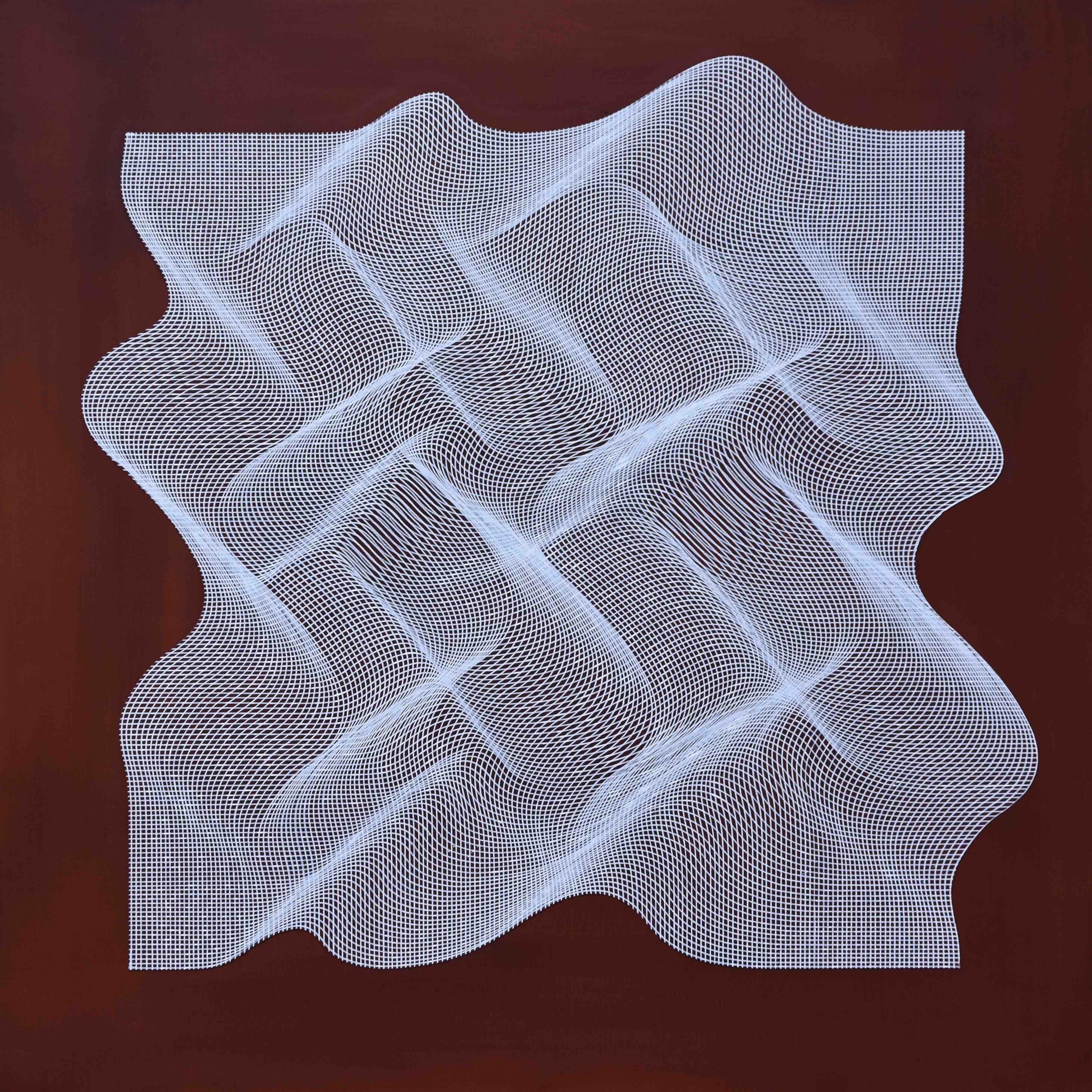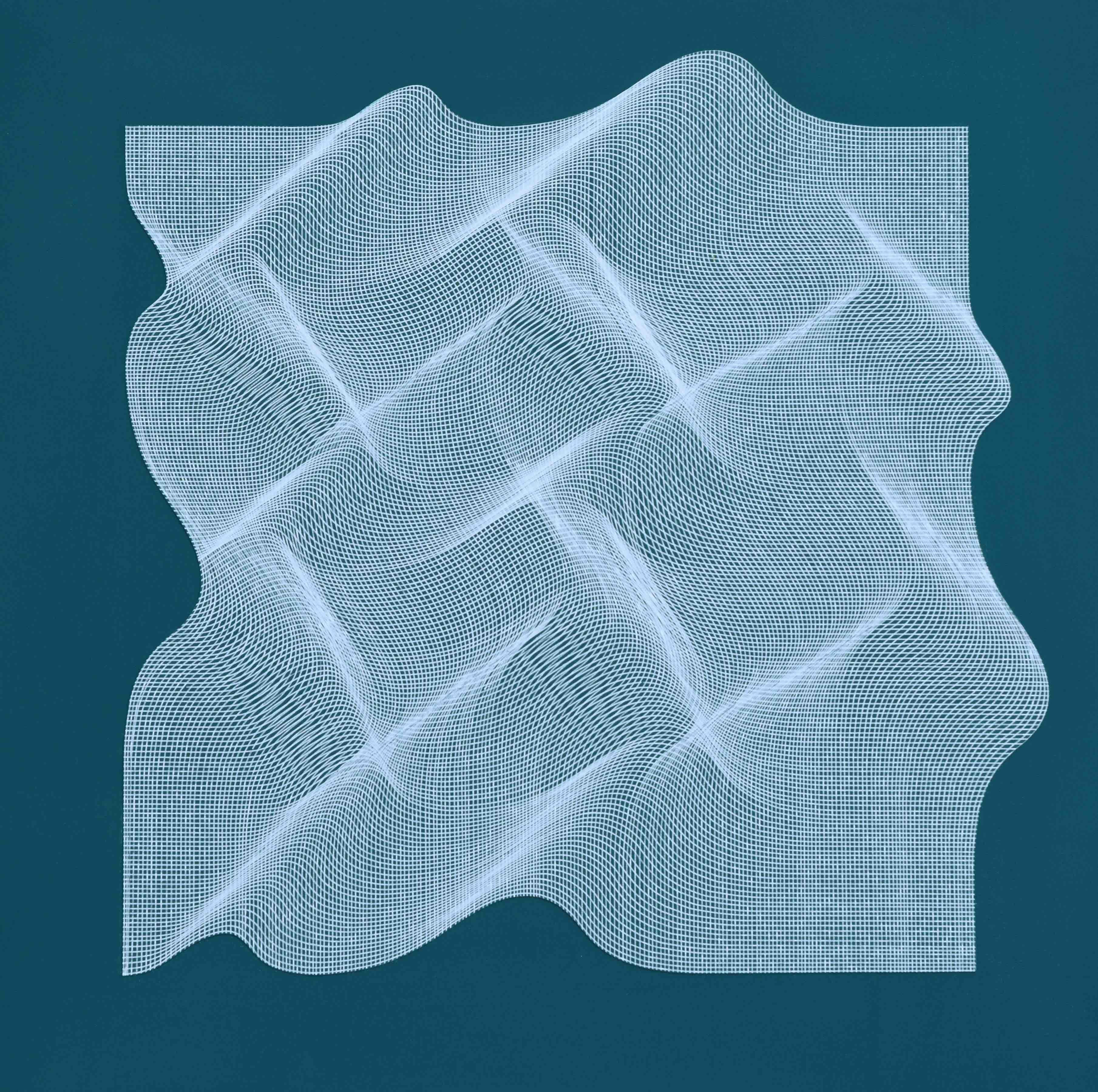David Hare"Cronus Dining (Night)" Abstract Acrylic and Ink on Board Painting by David Hare
About the Item
- Creator:David Hare (1917-1992, American)
- Dimensions:Height: 43.5 in (110.49 cm)Width: 33.625 in (85.41 cm)
- More Editions & Sizes:Unique Price: $40,000
- Medium:
- Movement & Style:
- Period:
- Framing:Framing Options Available
- Condition:
- Gallery Location:New York, NY
- Reference Number:1stDibs: LU1841214419142
David Hare
David Hare, a surrealist and Abstract Expressionist sculptor and photographer, was born in New York City on March 10, 1917. From 1936–37, he studied biology and chemistry at Bard College in Annandale-on-Hudson, New York. Hare had no formal training in art but began experimenting. He took up photography in the 1930s and by the end of the decade was working in color. The Walker Galleries in New York exhibited his photographs in 1939. From 1941–44, Hare founded and edited the surrealist magazine VVV with André Breton, Marcel Duchamp and Max Ernst. Peggy Guggenheim presented solo shows of Hare's work in her The Art of This Century Gallery from 1944–47. In 1948, he was a founding member, together with William Baziotes, Robert Motherwell and Mark Rothko, of The Subjects of the Artist school in New York and Hare, became friendly with Jean-Paul Sarte. Hare died on December 21, 1992, in Jackson.
- ShippingRetrieving quote...Ships From: New York, NY
- Return PolicyA return for this item may be initiated within 3 days of delivery.
- "Midsummer Night" Gerome Kamrowski, Color Field, Abstract ExpressionismBy Gerome KamrowskiLocated in New York, NYGerome Kamrowski Midsummer Night, 1973 Signed upper left Acrylic on canvas 16 x 20 inches Gerome Kamrowski was born in Warren, Minnesota, on January 19, 1914. In 1932 he enrolled in...Category
1970s Abstract Expressionist Abstract Paintings
MaterialsFoam, Mixed Media, Acrylic, Board
- "Cronus Asleep in the Cave" Mixed Media Work on Paper by David HareBy David HareLocated in New York, NYDavid Hare Cronus Asleep in the Cave, 1971 Acrylic, ink wash, graphite, paper collage on paper on board 26 x 35 inches “Freedom is what we want,” David Hare boldly stated in 1965, b...Category
1970s Abstract Abstract Paintings
MaterialsAcrylic, Paper, Ink, Graphite
- "Black Whole, " Jay Rosenblum, Color Field Abstract with StripesBy Jay RosenblumLocated in New York, NYJay Rosenblum Black Whole Signed and titled on the reverse Acrylic on canvas 18 x 32 inches Jay Rosenblum experimented with different versions of the "Visual Stripe motif" for more ...Category
1970s Abstract Abstract Paintings
MaterialsCanvas, Acrylic
- "Zen Garden #106" Cleve Gray, Color Field, Abstract Painting, BrownBy Cleve GrayLocated in New York, NYCleve Gray Zen Garden #106, 1982 Signed, dated and titled on the reverse Acrylic on canvas 60 x 70 inches Provenance: The artist Irving Galleries, Palm Beach, Florida Private Collec...Category
1980s Abstract Abstract Paintings
MaterialsCanvas, Acrylic
- "Inside Blue" Gene Hedge, Abstract Color Field, Bauhaus Midcentury PaintingLocated in New York, NYGene Hedge Inside Blue, 1966 Acrylic on canvas 61 1/4 x 43 3/4 inches (P124) Gene Hedge was born (1928) and raised in rural Indiana. After military service, he briefly attended Ball State University in Muncie, Indiana. There he encountered the writing of Laszlo Moholy-Nagy, and the following year (1949) went to study at the Institute of Design in Chicago. He received a B.S. degree in Visual Design from the Institute of Design (1953), and he also took courses at the Art Institute of Chicago and began working in collage. During this period, the influence of Eugene Dana...Category
1960s Abstract Abstract Paintings
MaterialsCanvas, Acrylic
- "Untitled" Gene Hedge, Abstract Color Field, Yellow Pattern Midcentury PaintingLocated in New York, NYGene Hedge Untitled, circa 1970 Acrylic on canvas 29 x 20 3/4 inches (P097) Gene Hedge was born (1928) and raised in rural Indiana. After military service, he briefly attended Ball State University in Muncie, Indiana. There he encountered the writing of Laszlo Moholy-Nagy, and the following year (1949) went to study at the Institute of Design in Chicago. He received a B.S. degree in Visual Design from the Institute of Design (1953), and he also took courses at the Art Institute of Chicago and began working in collage. During this period, the influence of Eugene Dana...Category
1970s Abstract Abstract Paintings
MaterialsCanvas, Acrylic
- Purple surface 2023 - geometric abstract paintingBy Roberto LucchettaLocated in New York, NYThis hand painted piece by Lucchetta is part of the op art series where he is able to catch movement with his unique technique. Lucchetta is challenging himself. His precise stable hand can be sometime mistaken to a work of a machine, a printer. But if you look close enough you are able to see that it is a work of a line master!! This piece comes framed in a white wooden frame. The measurements of the work with the frame is 17/17". Op art masters from the 20's century that are inspiration to Lucchetta's pieces are Victor Vasarely, Brigit Riley...Category
2010s Abstract Geometric Abstract Paintings
MaterialsWood, Ink, Acrylic, Cardboard
- Movement 2023 - geometric abstract paintingBy Roberto LucchettaLocated in New York, NYThis hand painted piece by Lucchetta is part of the op art series where he is able to catch movement with his unique technique. Lucchetta is challenging himself. His precise stable hand can be sometime mistaken to a work of a machine, a printer. But if you look close enough you are able to see that it is a work of a line master!! This piece comes framed in a white wooden frame. The measurements of the work with the frame is 11/11". Op art masters from the 20's century that are inspiration to Lucchetta's pieces are Victor Vasarely, Brigit Riley...Category
2010s Abstract Geometric Abstract Paintings
MaterialsWood, Ink, Acrylic, Cardboard
- Fabric 2023 - geometric abstract paintingBy Roberto LucchettaLocated in New York, NYThis hand painted piece by Lucchetta is part of the op art series where he is able to catch movement with his unique technique. Lucchetta is challenging himself. His precise stable hand can be sometime mistaken to a work of a machine, a printer. But if you look close enough you are able to see that it is a work of a line master!! This piece comes framed in a white wooden frame. The measurements of the work with the frame is 17/17". Op art masters from the 20's century that are inspiration to Lucchetta's pieces are Victor Vasarely, Brigit Riley...Category
2010s Abstract Geometric Abstract Paintings
MaterialsWood, Ink, Acrylic, Cardboard
- White Fabric 2020 - geometric abstract paintingBy Roberto LucchettaLocated in New York, NYThis hand painted piece by Lucchetta is part of the op art series where he is able to catch movement with his unique technique. Lucchetta is challenging himself. His precise stable hand can be sometime mistaken to a work of a machine, a printer. But if you look close enough you are able to see that it is a work of a line master!! This piece comes framed in a white wooden frame. The measurements of the work with the frame is 17/17". Op art masters from the 20's century that are inspiration to Lucchetta's pieces are Victor Vasarely, Brigit Riley...Category
2010s Abstract Geometric Abstract Paintings
MaterialsWood, Ink, Acrylic, Cardboard
- Textures 2023 - geometric abstract paintingBy Roberto LucchettaLocated in New York, NYThis hand painted piece by Lucchetta is part of the op art series where he is able to catch movement with his unique technique. Lucchetta is challenging himself. His precise stable hand can be sometime mistaken to a work of a machine, a printer. But if you look close enough you are able to see that it is a work of a line master!! This piece comes framed in a white wooden frame. The measurements of the work with the frame is 17/17". Op art masters from the 20's century that are inspiration to Lucchetta's pieces are Victor Vasarely, Brigit Riley...Category
2010s Abstract Geometric Abstract Paintings
MaterialsWood, Ink, Acrylic, Cardboard
- Fluorescent Green 2024 - geometric abstract paintingBy Roberto LucchettaLocated in New York, NYThis hand-painted piece by Lucchetta is part of the op art series where he is able to catch movement with his unique technique. Lucchetta is challenging himself. His precise stable h...Category
2010s Abstract Geometric Abstract Paintings
MaterialsWood, Ink, Acrylic, Cardboard
